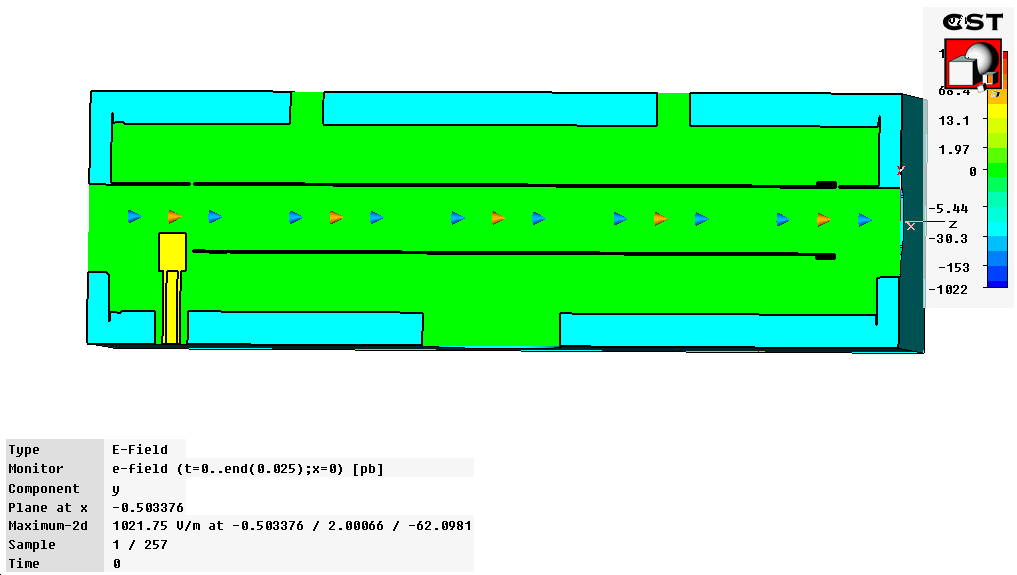It’s like your noise-cancelling headphones but it operates at much higher frequencies. Accelerator physicists have implemented a way to counter the sideways motion of the electron bunches that travel at near-light speed inside the Australian Synchrotron.
Deep in the heart of the Synchrotron, bunches of electrons follow each other at close to the speed of light, generating light as they fly around the curves of the storage ring. It’s a complex process that requires careful control. Adding powerful magnets called ‘insertion devices’ to modify the qualities of the light generated by the electrons makes it even more complicated.
Every time a bunch of electrons goes through an insertion device, the bunch will produce a ‘wakefield’, a small, trailing electromagnetic field (much like the wake of a boat in water) that can disturb the bunch behind it. Under the wrong conditions this ‘kick’ reinforces the motion of the electron beam, like pushing or kicking a playground swing in time with its motion. Left unchecked, the action of these wakefields can cause the beam to violently oscillate from side to side, spoiling the quality of the synchrotron light produced.

By monitoring the position of the electron beam and each of its constituent electron bunches, and using this to initiate a correction signal that supplies the appropriate horizontal or vertical kick, accelerator physicists have been able to control these instabilities. Called ‘bunch-by-bunch feedback’, the system is analogous to that employed in noise-cancelling headphones, but it operates in the megahertz range. This feedback system has allowed them to relax the sextupole magnet strengths in the storage ring which had previously been controlling the instabilities and therefore increased the efficiency of electron injections into the storage ring at the Australian Synchrotron from 75 percent to 98 percent.
Bunch-by-bunch feedback saves power and improves the quality of the synchrotron light available to researchers for their experiments. It also creates the capacity to handle the requirements of new beamlines, which will be essential to serve the future needs of Australia’s science community.
The work has taken seven years, due to the challenges posed by the Australian Synchrotron’s unique combination of insertion devices, which were chosen to provide the best possible synchrotron light for specific experimental procedures. Dr Rohan Dowd, the accelerator physicist who oversaw the operational deployment of the bunch-by-bunch feedback system, said more than 28 staff from different areas within and outside the Synchrotron had contributed to the work. Rohan and his colleagues will continue to improve and fine-tune the system, for example by incorporating additional diagnostic capabilities.
